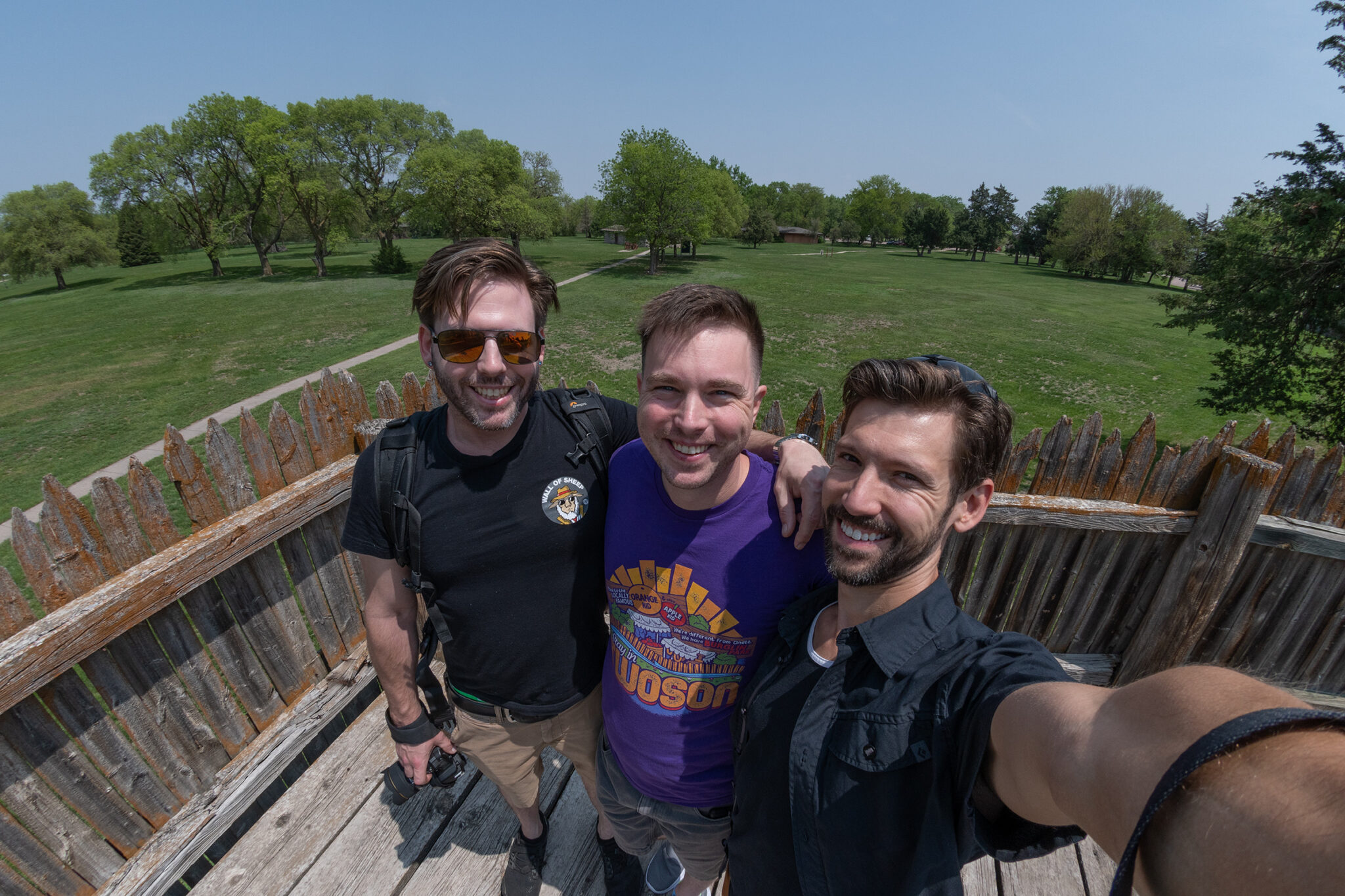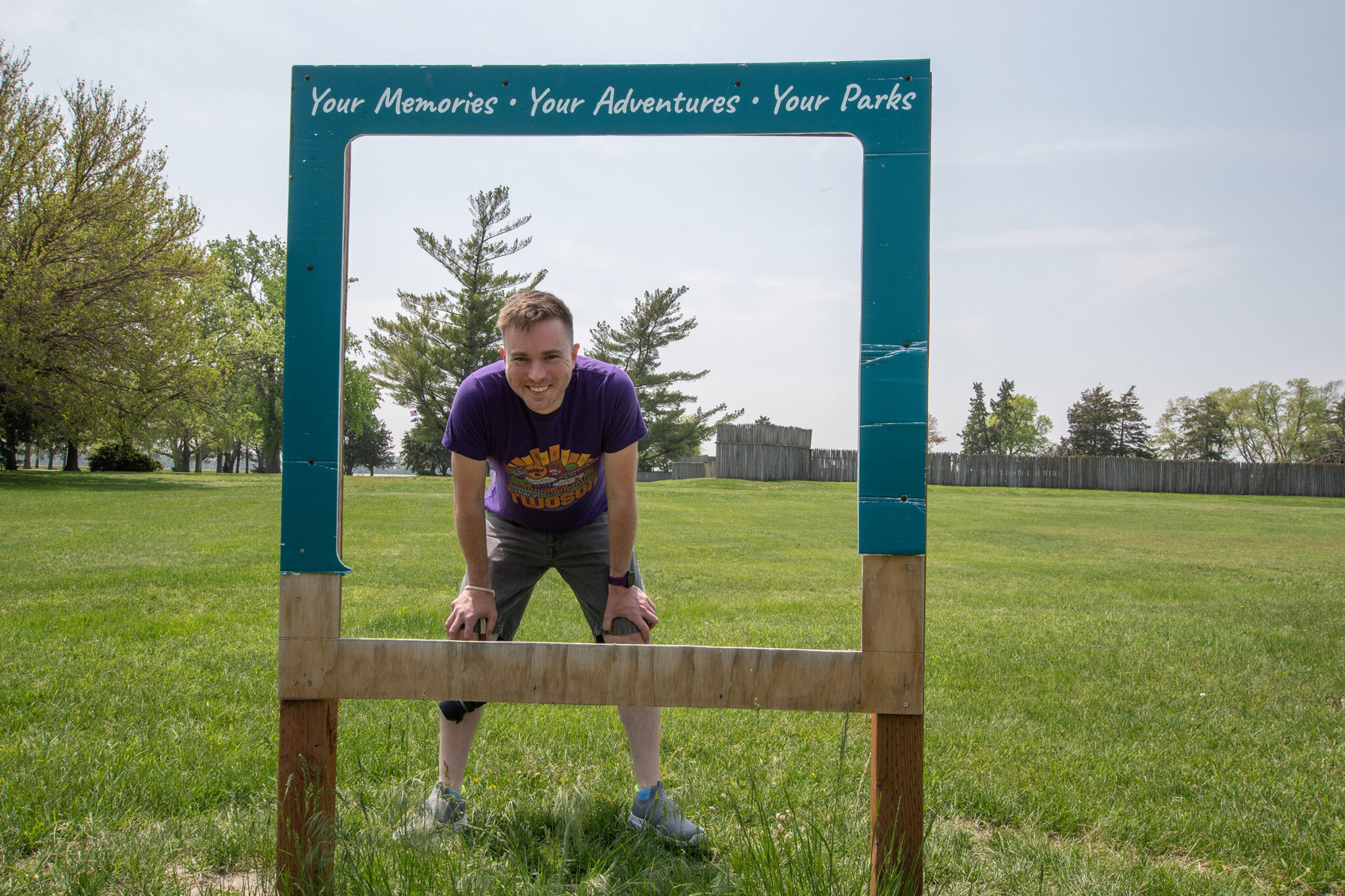
The Mountain of Kearney, Nebraska
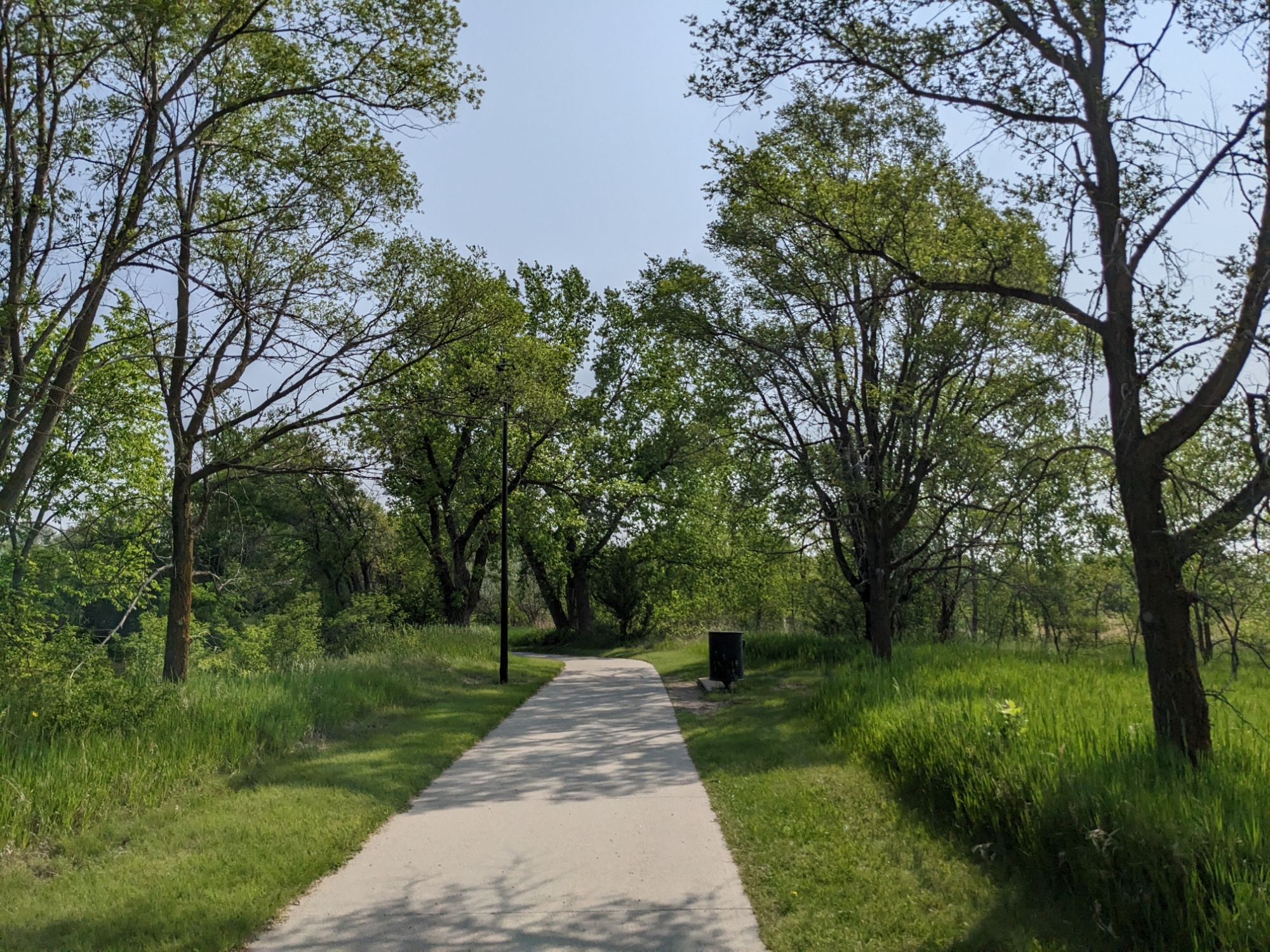
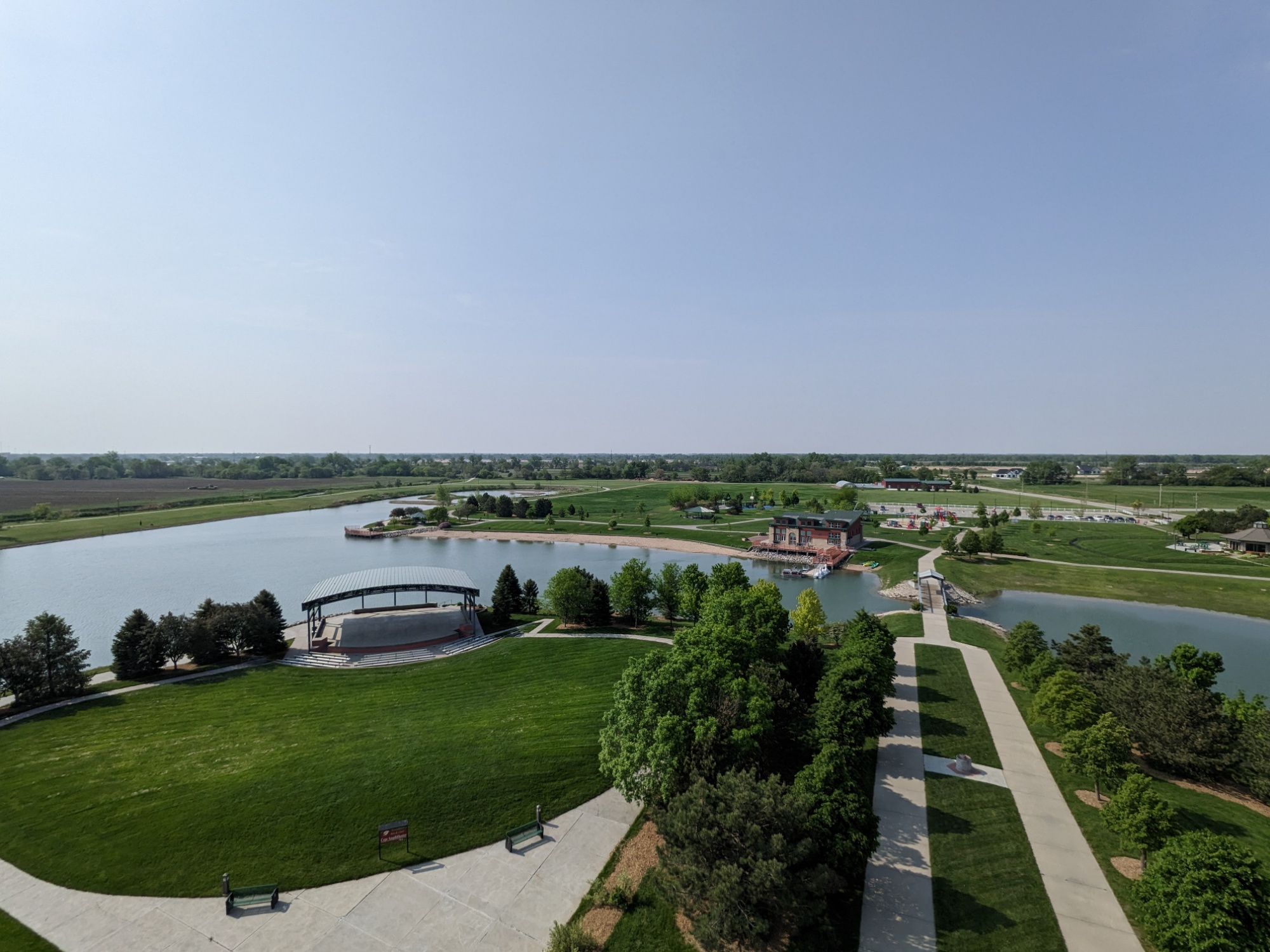
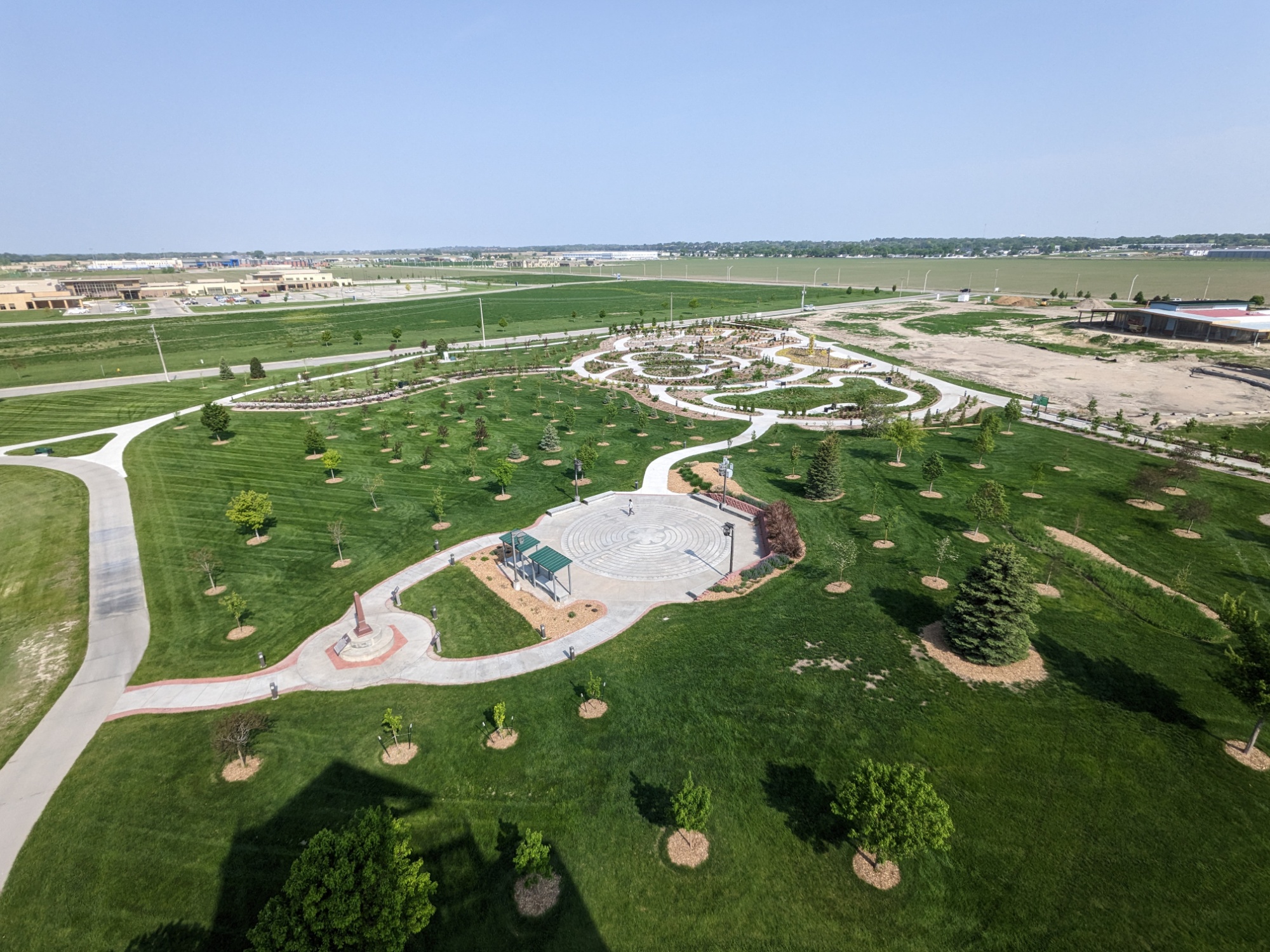
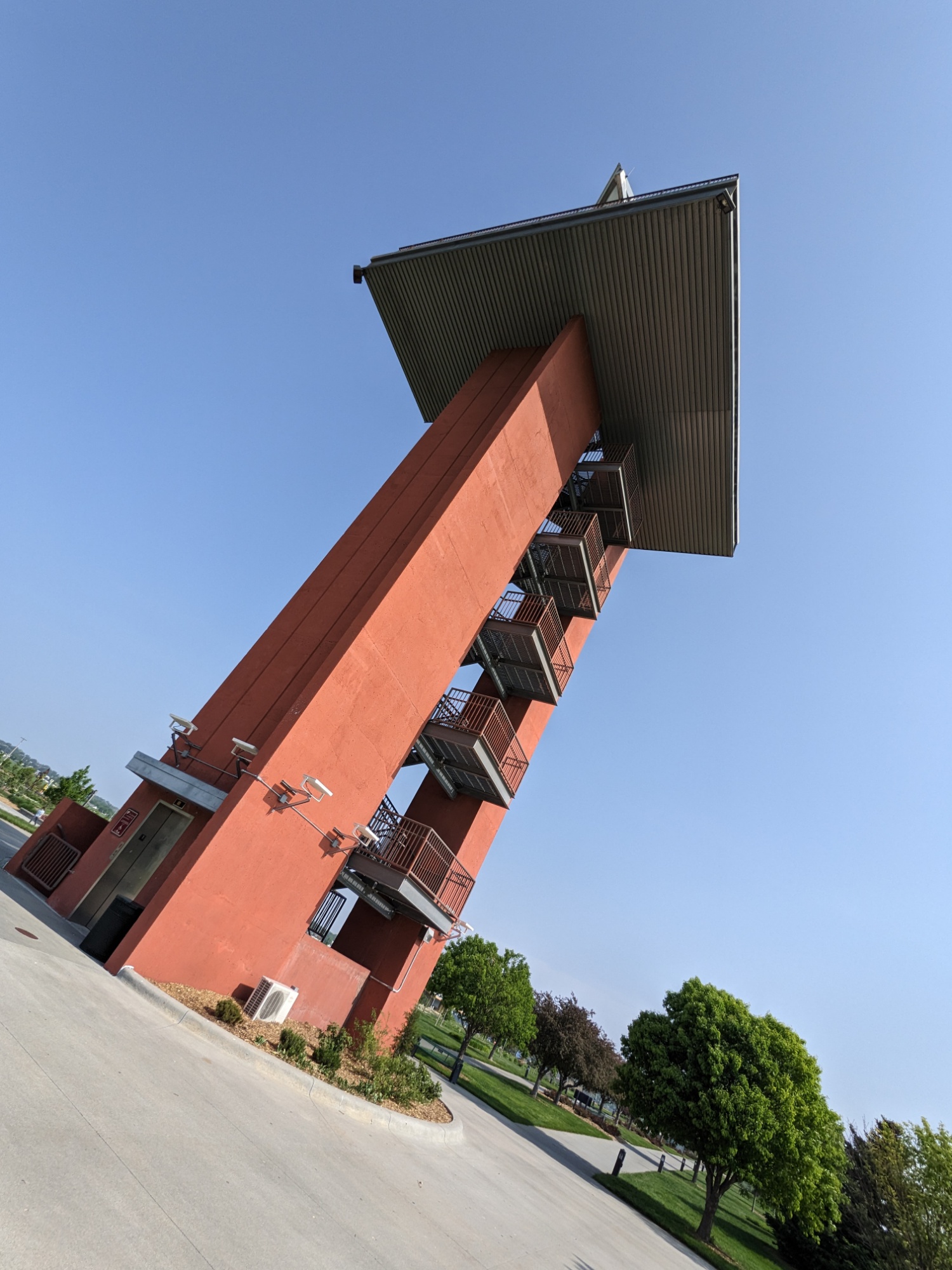
I got up this morning and went for a run up Betty’s Trail that starts behind the hotel:
Betty’s Trail is named after Betty Connell for providing trail access through her land. This section runs from 11th Street, at the north end of Yanney Park, to the 2nd Avenue undercrossing and Talmadge Street. This flat, peaceful section runs along the tree-lined canal and finishes near the “hotel row” on south 2nd Avenue.
It also goes up this tower to an observation point with a lovely view of the city. I don’t think it’s the tallest thing in all city, but it sure looks like it. And it definitely reminded me to never run stairs. I suppose it was un-pioneer-like to exhaust myself before setting off, but it felt good to move after such a long drive day and in anticipation of another.
Fort Kearney State Historic Site
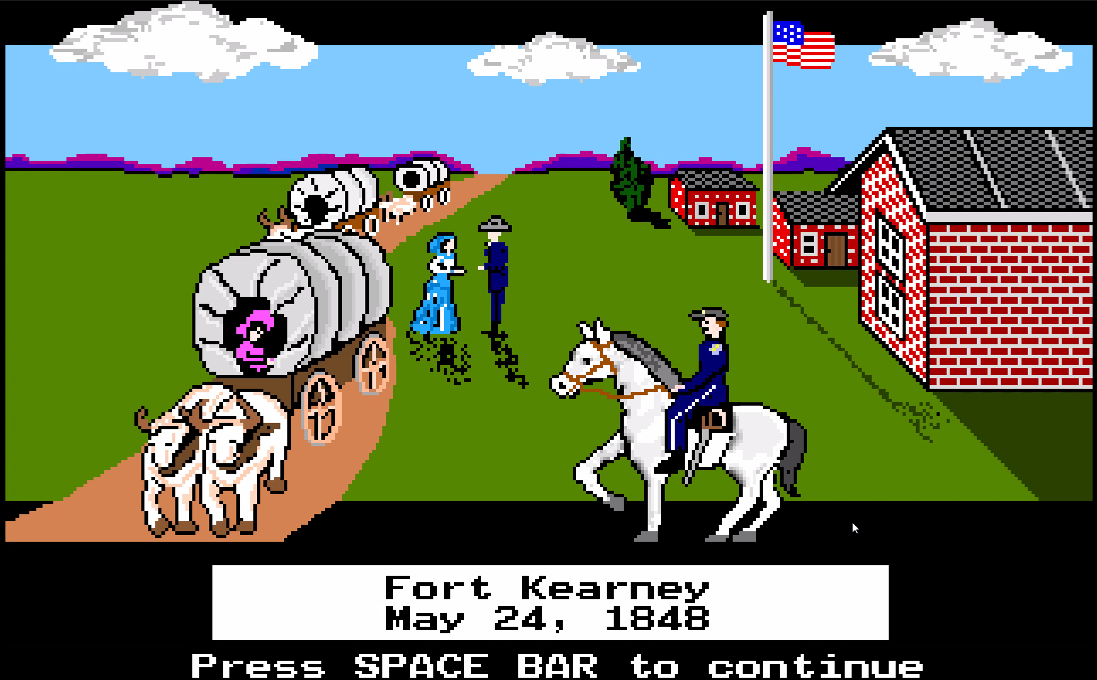
Our main stop today was Fort Kearney, the first major stop in the game — and an early resupply opportunity for pioneers.
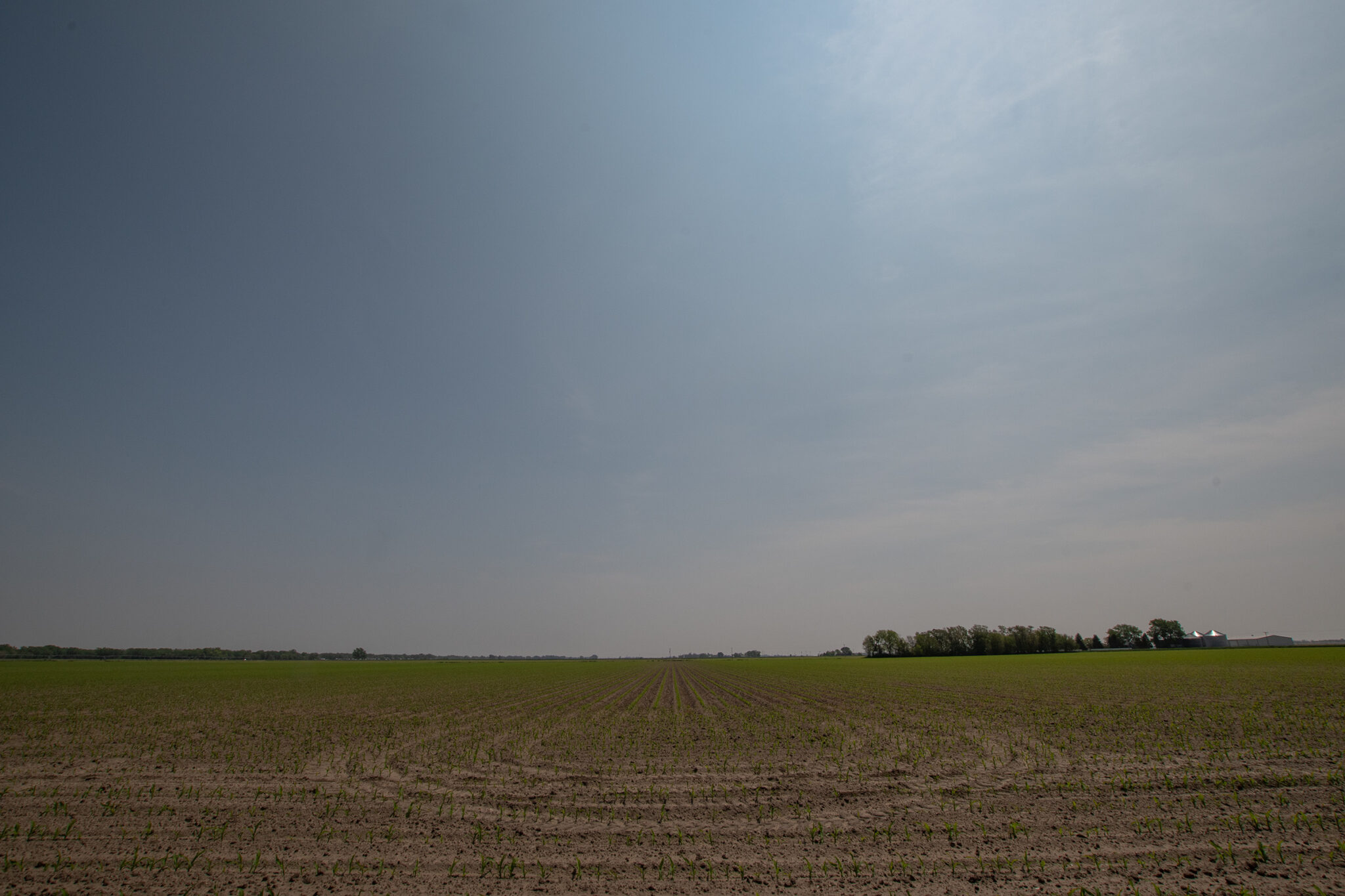
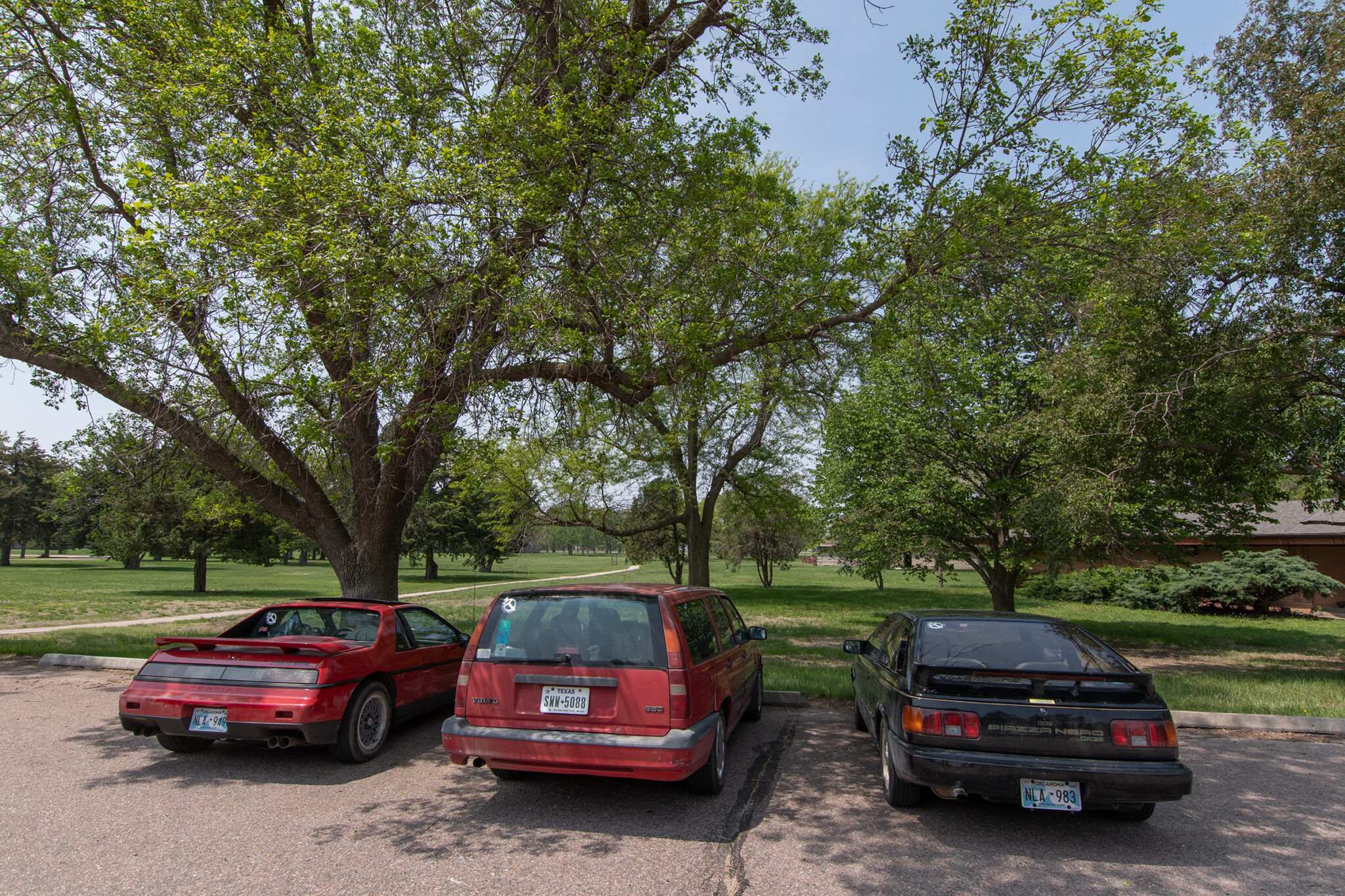
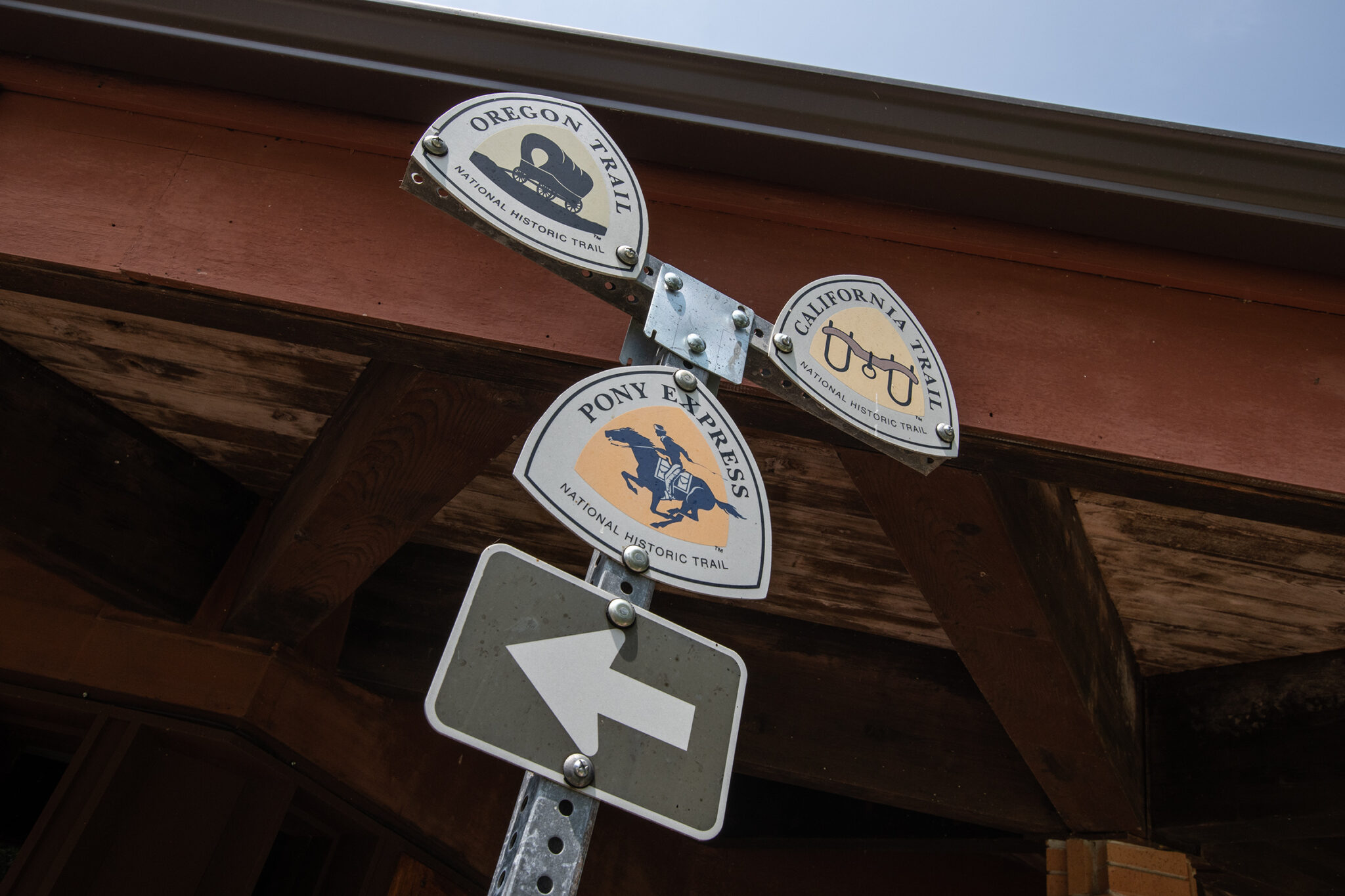
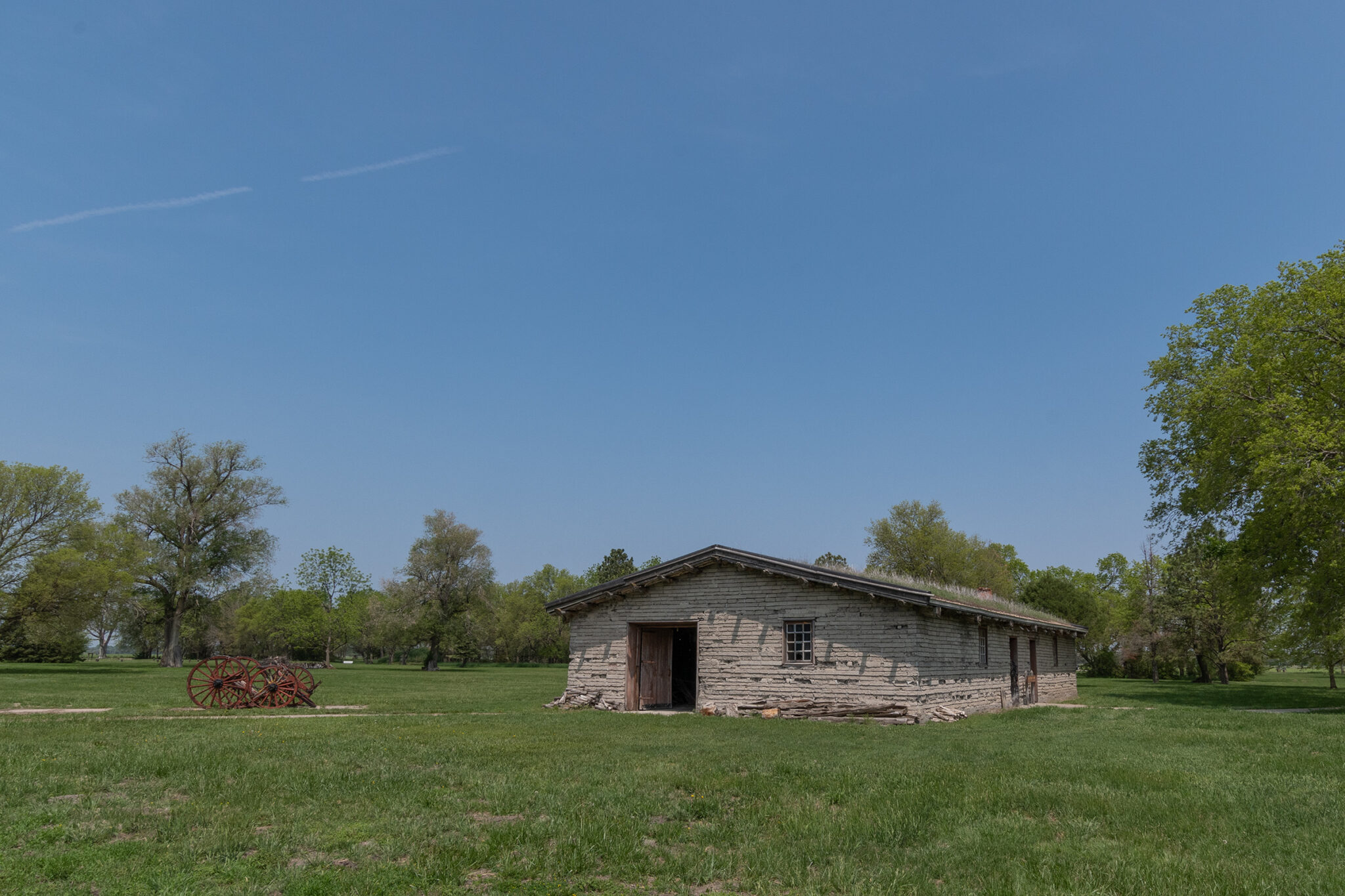
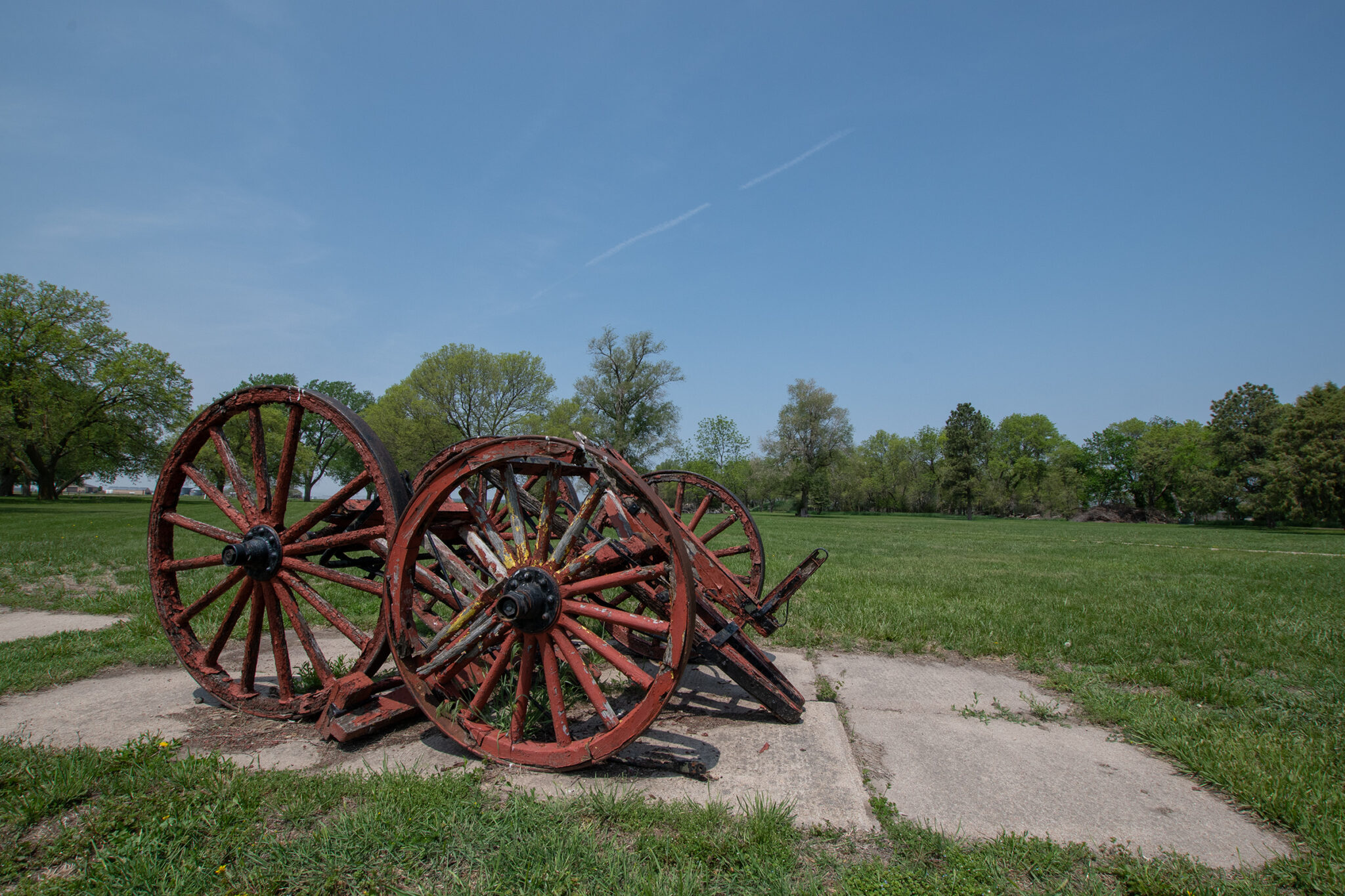
As he’s known to do, George struck up conversation with a local in the gift shop. The fort office is holding two care packages mailed to upcoming travelers — one man biking the Pony Express route, and a woman biking the California Trail. So even now in 2023, Ft. Kearney is still a supply station.
A buddy of mine with the National Park Service, when he’s giving me a hard time, likes to tell me that Kearney is just the 7-11 of the Oregon Trail.
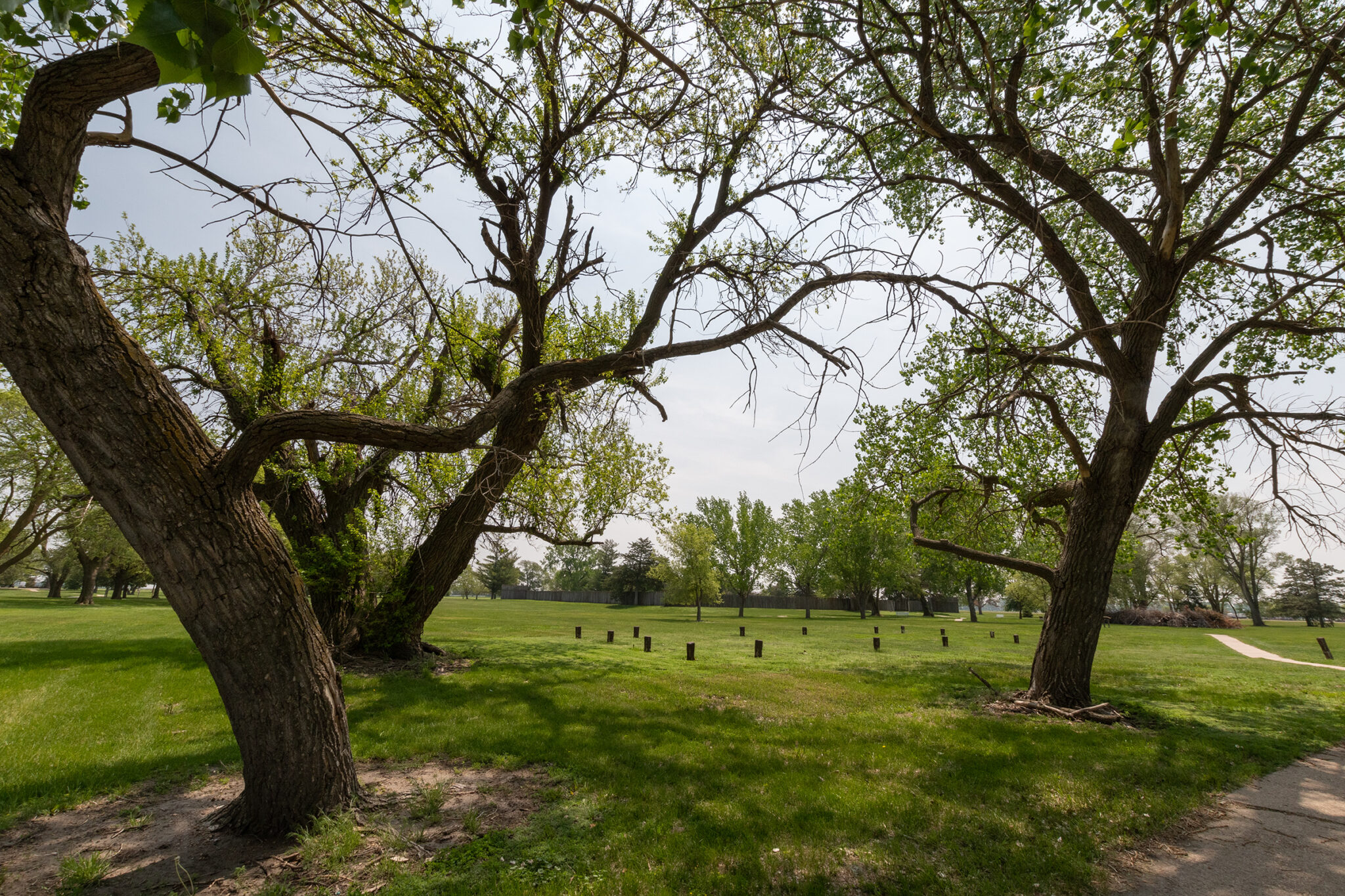
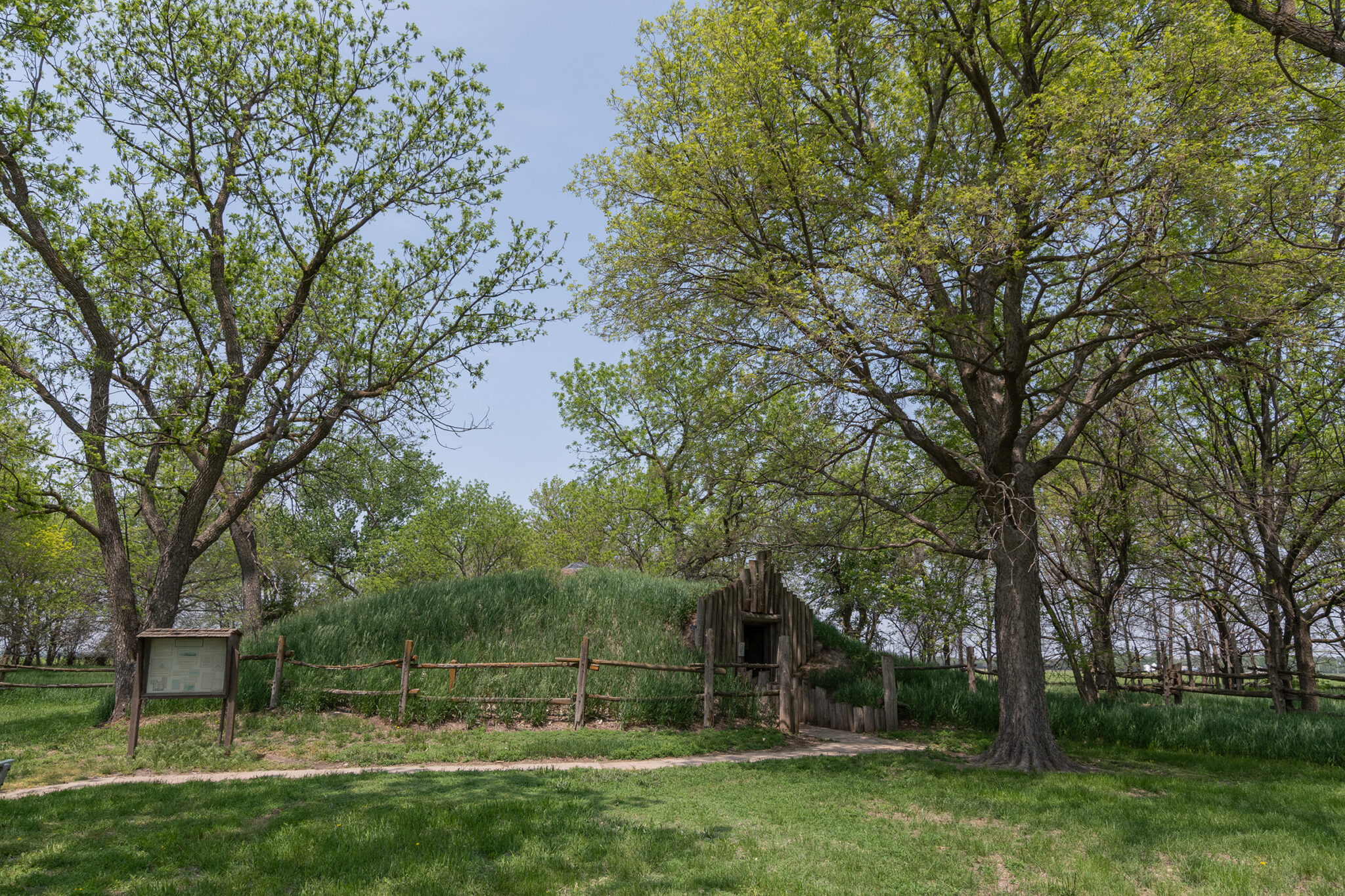
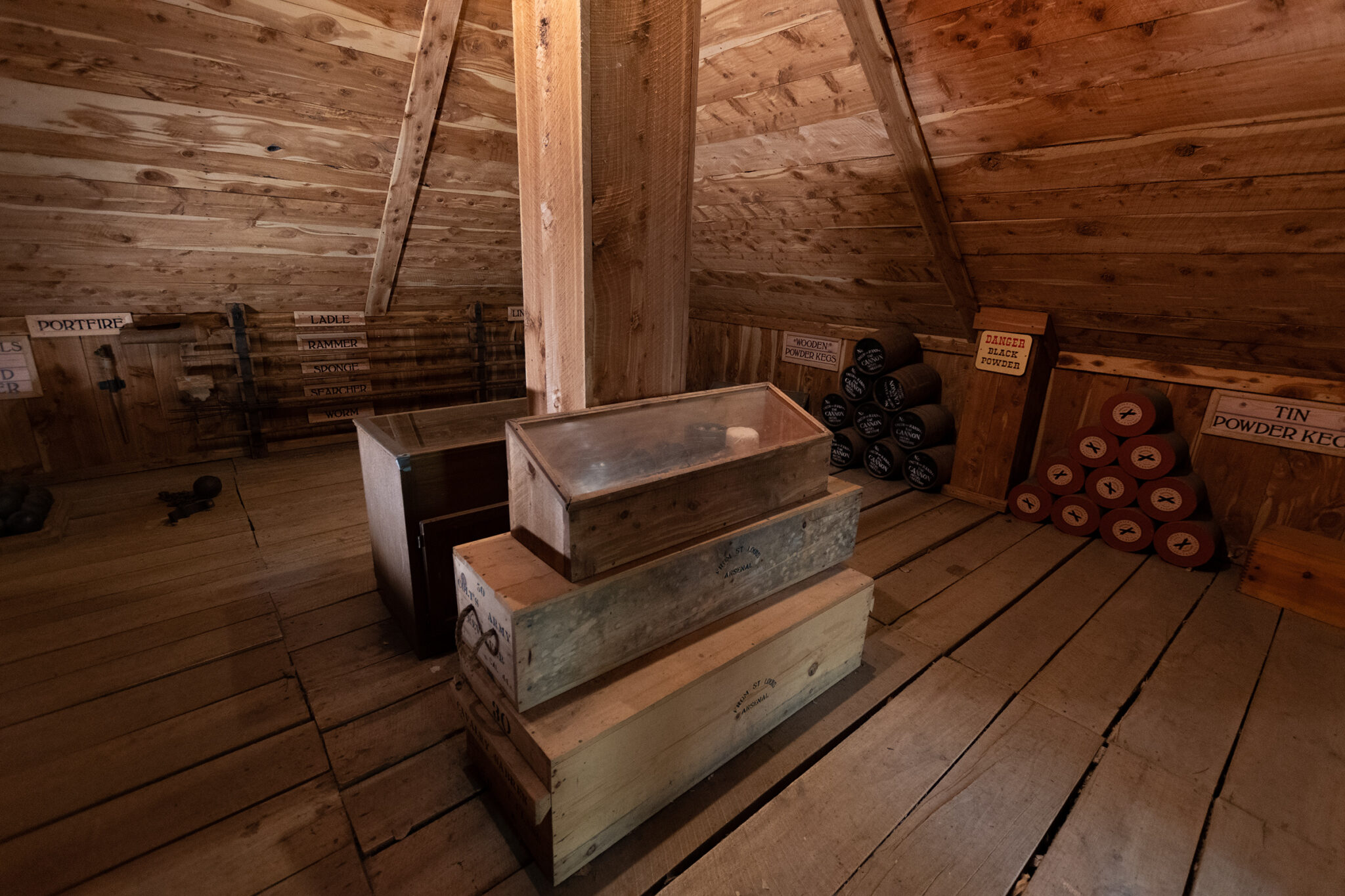
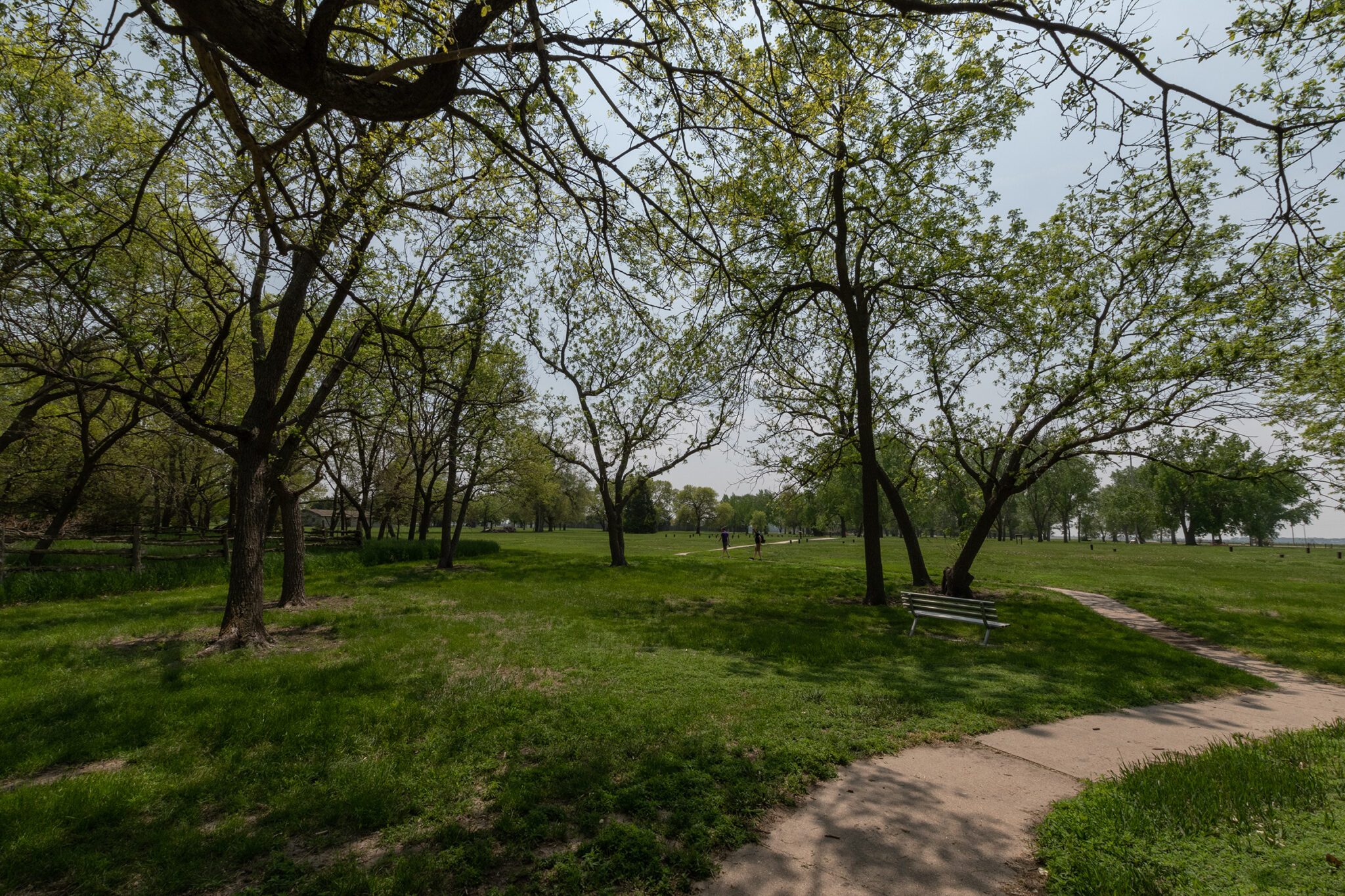
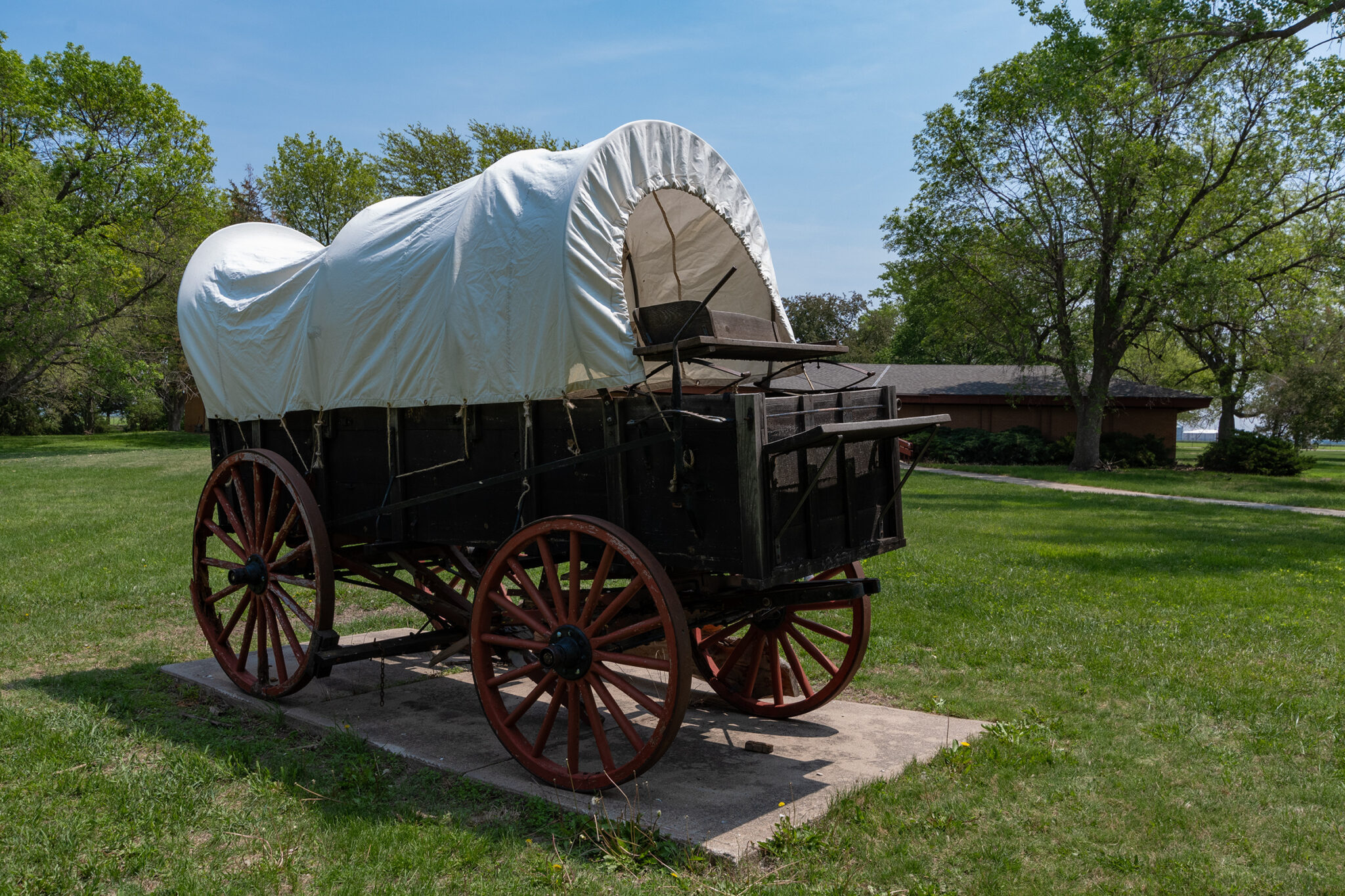
And that may explain how this “fort” seemed like less a military installation than a logistics hub for westward expansion. We wandered the grounds a while and packed up for our second long drive day.
The growth of overland emigration to Oregon after 1842 resulted in the establishment of posts across the West to protect travelers. The first post, Fort Kearney, was established in the spring of 1848 […]. It was first called Fort Childs , but in 1848 was renamed in honor of Stephen Watts Kearney. Despite its lack of fortifications, [the fort served as a waypoint, sentinel post, supply depot, and message center for the 49ers, Oregon and California settlers, and Pony Express riders.] One of the fort’s final duties was the protection of workers building the Union Pacific. In 1871, two years after the transcontinental railroad, the fort was discontinued as a military post.
Nebraska State Parks
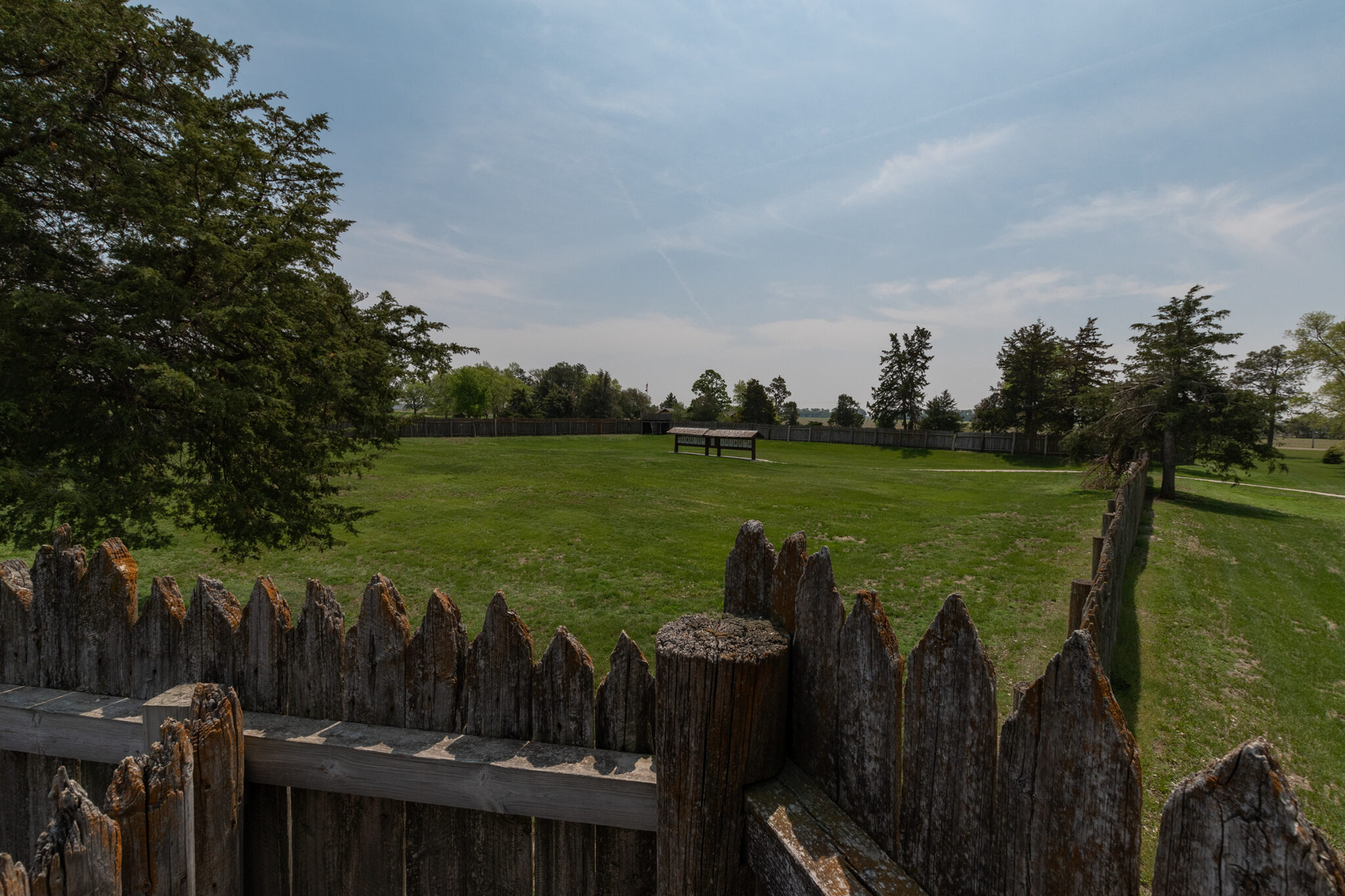
One thing I did not expect to see here is a Mormon handcart, which is bigger than I thought it’d be.
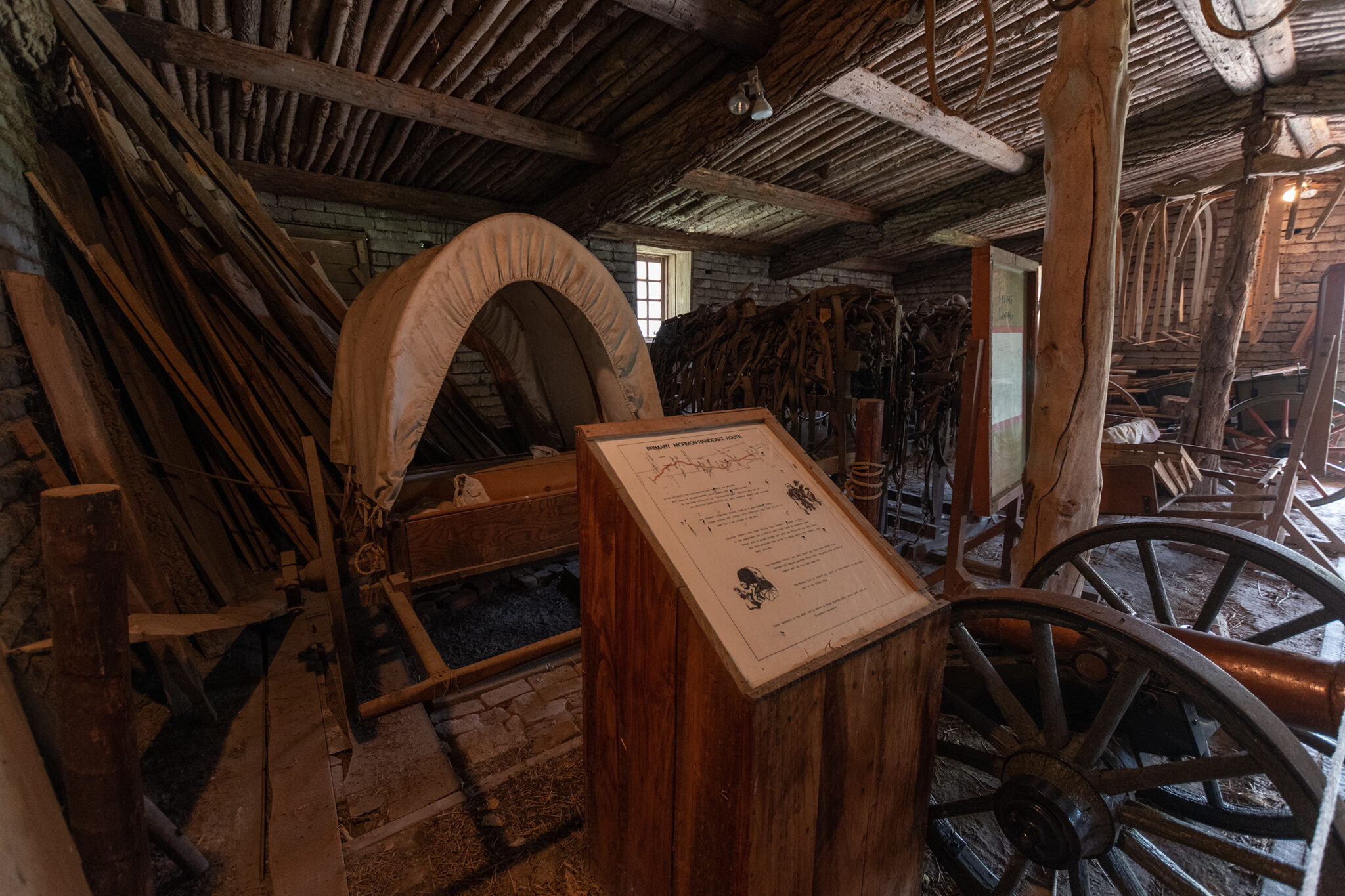
Brigham Young’s vaunted empire-building ability suffered an unusual setback in 1855, when a crop failure in Utah suddenly diminished LDS contributions, reducing the church’s ability to continue importing European converts, which he knew was key to Mormon expansion in the region. Instead of telling Europeans to wait a year until sufficient funds were available, he devised a strategy of shipping them over from England and having converts continue their journey from Iowa City with inexpensive handcards that immigrants would construct themselves and then push 1,300 miles to Salt Lake. Just about everything went wrong with Young’s handcart scheme.
Rinker Bunk, The Oregon Trail: A New American Journey
Among other things, green lumber led to brittle wood in construction, herds of buffalo stampeded the oxen, and two of the handcards companies left catastrophically late in the season. This led to emigrants walking through the mountains in Wyoming in winter, and many died. The LDS church quickly managed to brand this as a parable of sacrifice rather than a critique of poor planning — and excommunicated anyone who questioned this position.
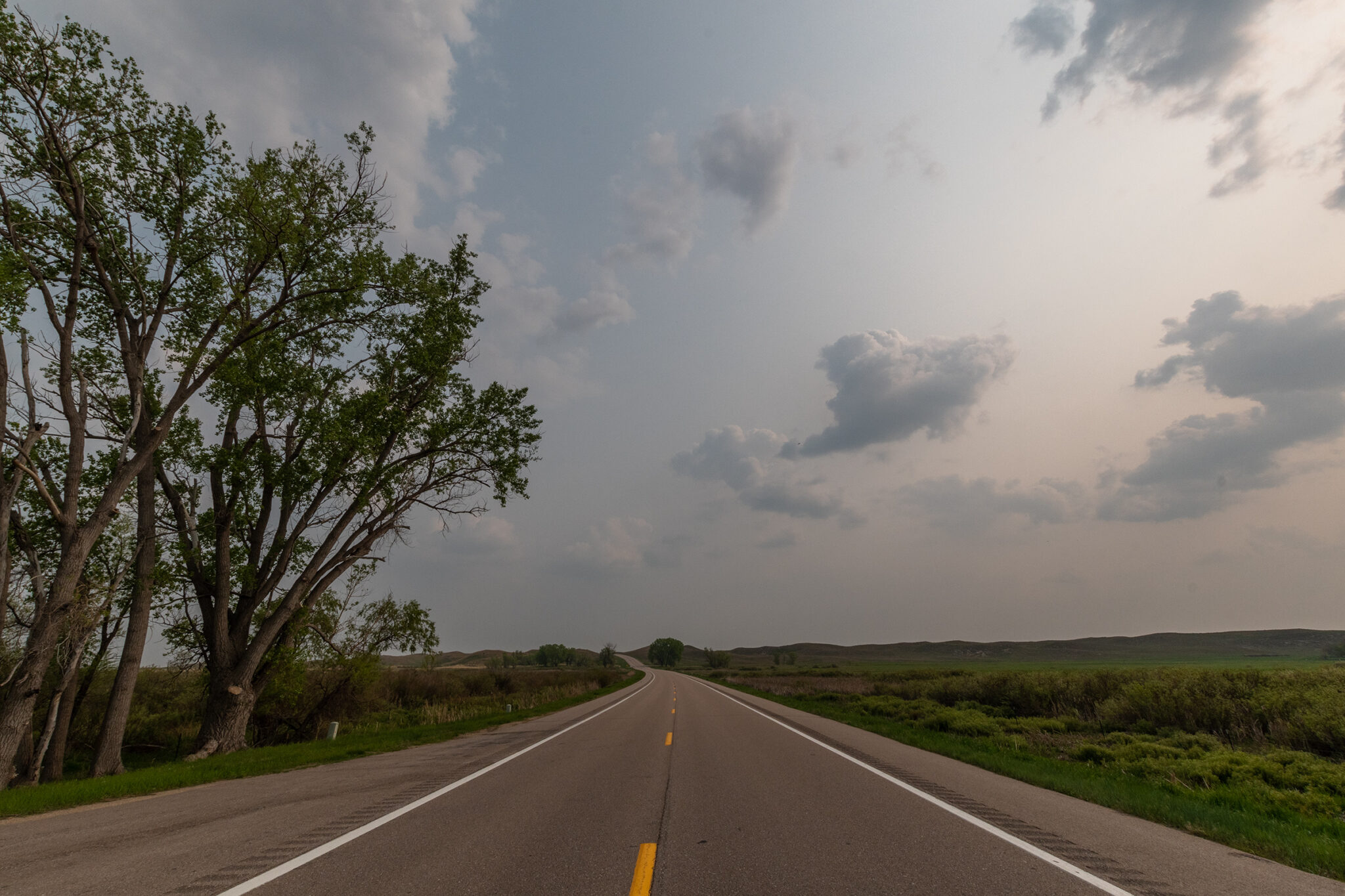
To Kadoka, South Dakota
We branched off the Oregon Trail to head north for Badlands and Black Hills. It was about a five hour drive and we didn’t have much else planned to see.
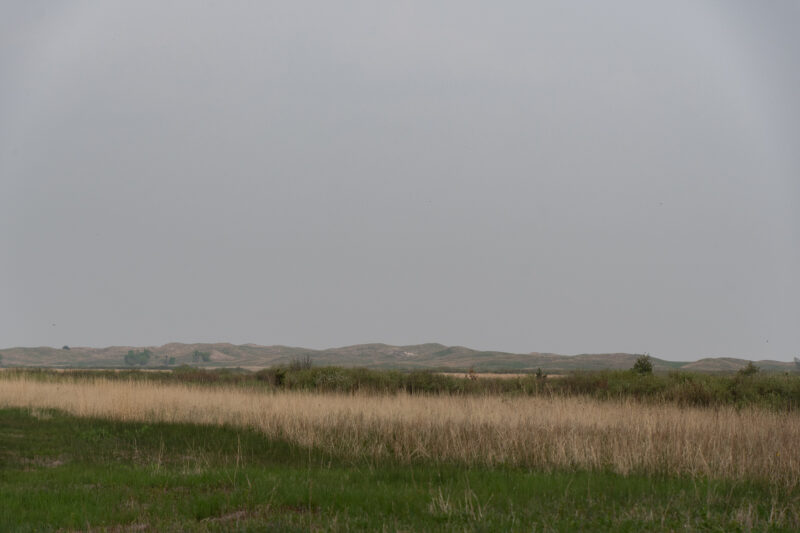
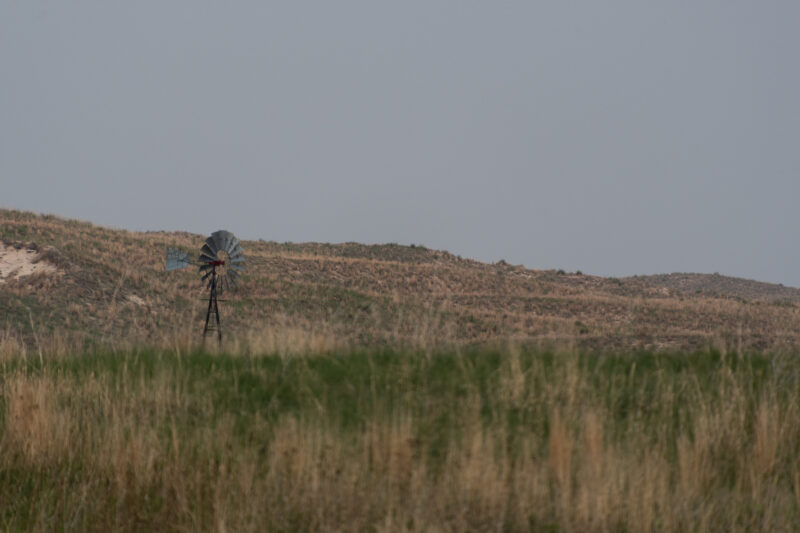
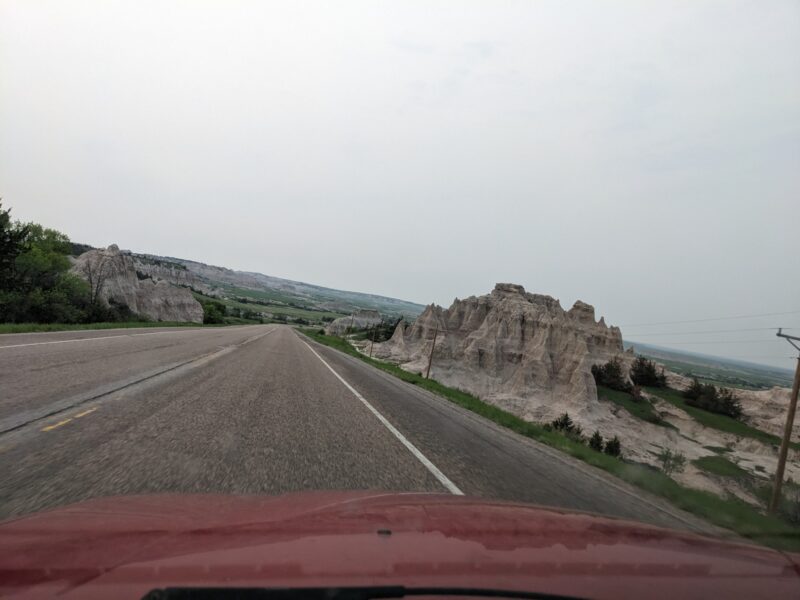
Central Nebraska was full of freshly plowed fields which slowly turned into rich green prairie grassland and grazing fields. Not sure I’ve seen grass this green before. The staff at Kearney explained that we were passing through at the “right” time — grazing was plentiful in Nebraska at this point in the season. Pioneers would try to hit Independence Rock in Wyoming by early July which would be ready for grazing by then. I had thought that the schedule was mostly pinned to crossing the mountains before snowfall, but pioneers also had to leave late enough and follow the growth of grazing flora, which set their departure date and pace as well.
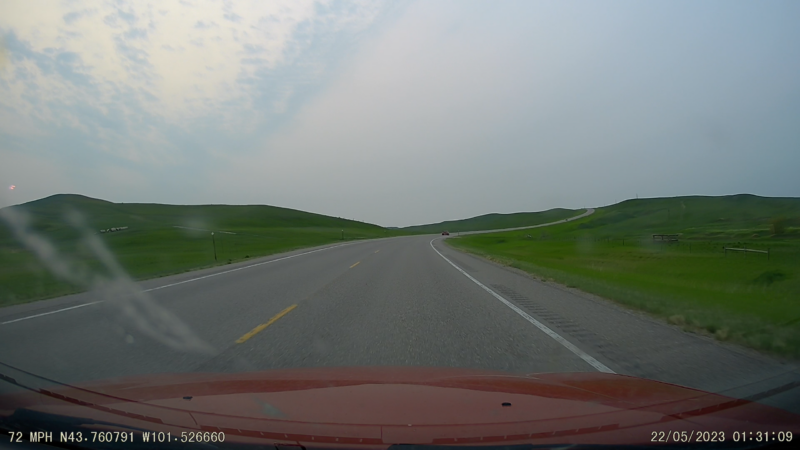
As we entered South Dakota (a new state for me!), the soil turned sandy and badlands formations fractured into mesas and gullies.

The sky has been grey all day and the sun turned red early. It reminded me of the pacific wildfire smoke that covered Wyoming in 2020. Apparently it is smoke blowing down from pretty intense fires in Alberta.
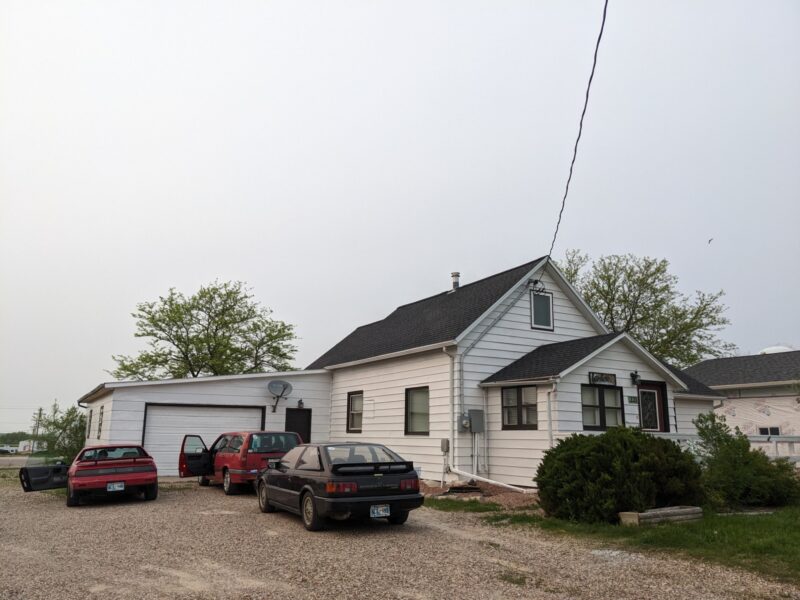
Along the way, a few automotive antics: we definitely didn’t have a little speed test on a desolate stretch of highway. And we definitely didn’t have Evan fire up an FM transmitter so we could all listen to that playlist I made of music from the game. And Evan and I both didn’t end up having to add more oil today. Truly, all three cars ran well today!
The Volvo even smells less today. I kinda think it was begging to be driven.
George.
And once we got in, Evan let me drive the Isuzu to run a quick errand so we could cook birthday dinner for George! Even more entertaining than driving it may have been watching him sit in the left-hand passenger seat, which is a weird sensation.
The Fiero is running better, but still not perfect. George tried putting the new throttle position sensor back in the Fiero and discovered that the new sensor itself is bad, so he’ll be using the old one which appears to read correctly. Next theory is that a hunting idle could be caused by a bad coolant (engine) temperature sensor, so he may swap that out in the morning. Provided he wakes up early enough…
